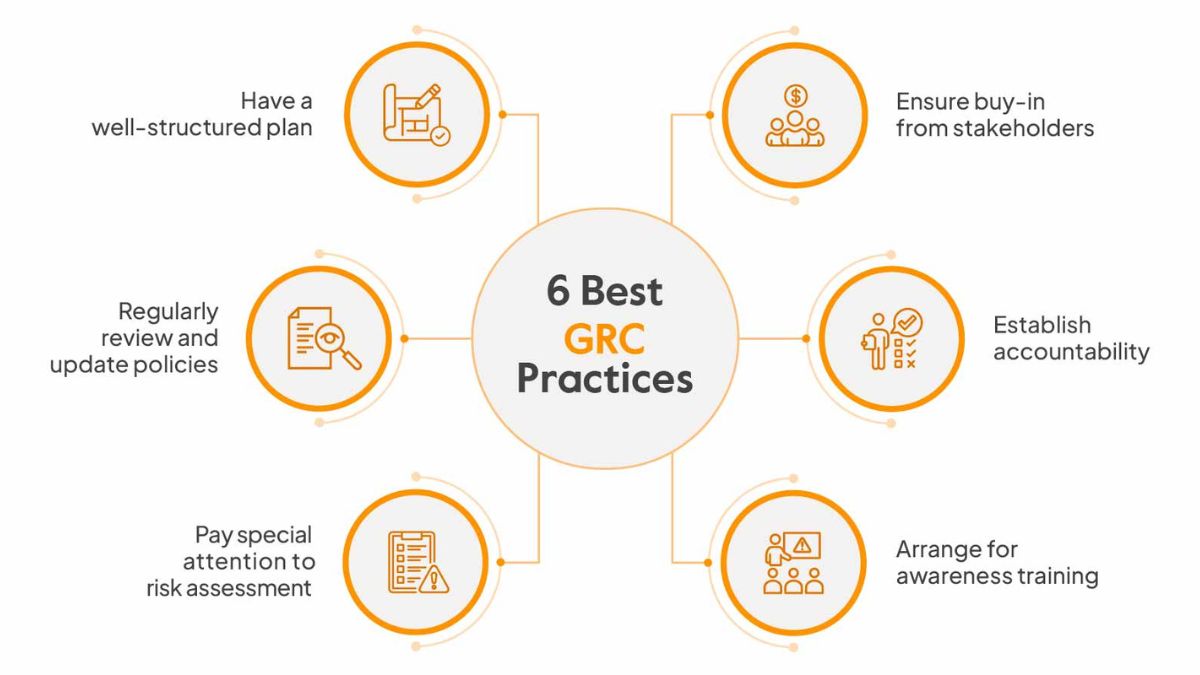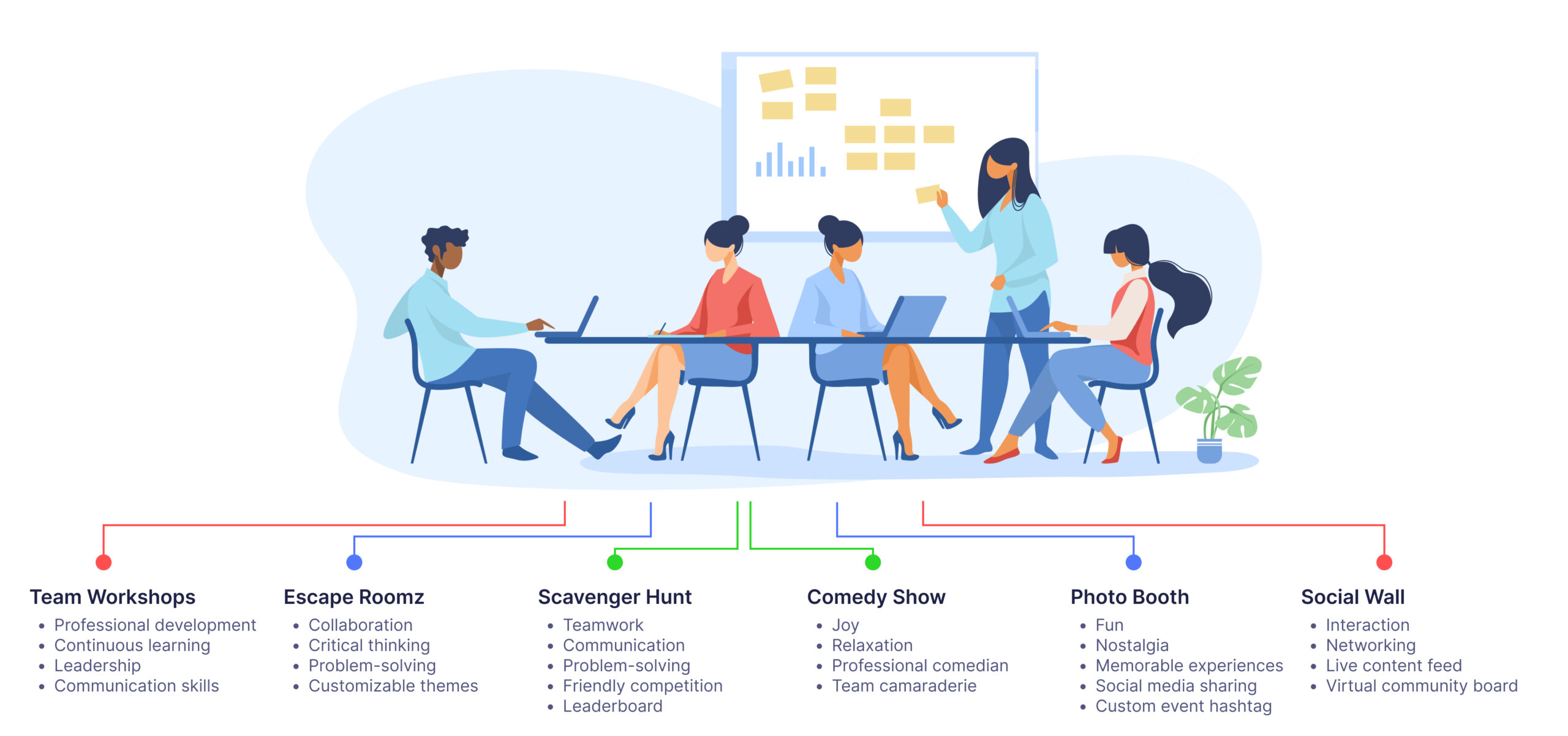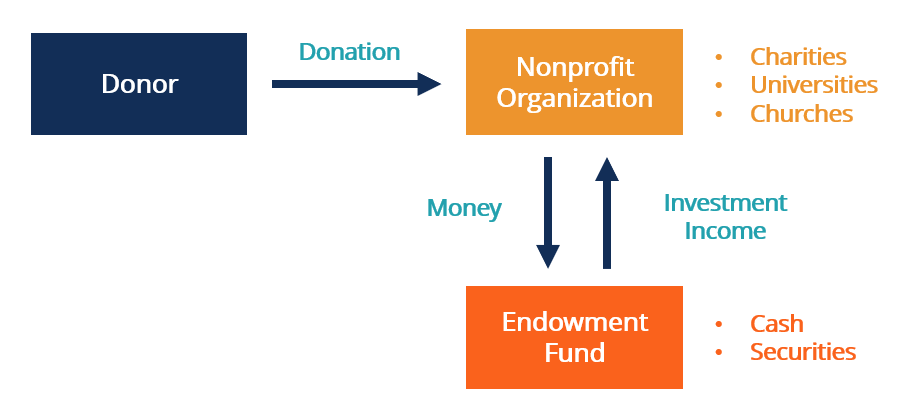TOPIC
Best Practices for Implementing an Effective GRC Strategy in Any Industry

Every organization needs governance risk and compliance (GRC) as core elements that determine both its operation and continued existence. A properly designed GRC plan benefits all businesses by helping them achieve their goals, avoid dangers, and adhere to governing regulations. This article examines vital best practices for building and deploying GRC strategies that support organizational targets and promote enduring business success.
Understanding GRC: A Brief Overview
Before diving into the specifics of implementing a GRC strategy, it’s important to understand what each of these components means.
- Governance refers to the policies, procedures, and decision-making processes that guide an organization’s actions. It involves ensuring that the right people are in the right roles, that objectives are clear, and that the organization’s actions align with its overall goals.
- Risk Management allows organizations to find potential threats that might hinder objective attainment and establish active measures to reduce those risks.
- Compliance ensures that the organization adheres to laws, regulations, and internal policies and avoids legal or reputational issues.
When combined, these three components form a cohesive strategy that enables organizations to operate effectively and responsibly.
1. Establish Clear Objectives and Goals
Any GRC strategy should begin with a clear understanding of the organization’s overall goals. Whether you’re in manufacturing, finance, healthcare, or any other industry, the first step is always to identify the purpose and key objectives of your GRC efforts. This is crucial because your GRC framework needs to be aligned with your business strategy.
Action Steps:
- Work closely with stakeholders across the organization to define your goals for your GRC program. Are you focusing on risk reduction, enhancing governance practices, or improving compliance efforts?
- If compliance is a priority, ensure that GRC goals are measurable. Set set specific targets for audit completion, policy adherence, or training milestones.
Why it matters: A well-defined GRC strategy ensures that governance, risk management, and compliance efforts align with business objectives. Establishing clear goals helps organizations proactively manage risks, improve decision-making, and create a culture of accountability. By setting measurable targets, you can track progress and continuously refine your GRC framework to adapt to evolving challenges.
2. Build a Strong Governance Framework
Every effective GRC strategy needs to begin with proper governance frameworks. The implementation of good governance provides distinct boundaries for each staff member’s roles and accountabilities across all organizational levels.
Action Steps:
- Identify key decision-makers who will be responsible for overseeing the GRC efforts.
- Develop a governance structure that includes regular reporting and updates on GRC activities.
- Establish clear policies for decision-making and ensure that all employees understand their roles in the governance process.
Why it matters: Without strong governance, a GRC strategy can quickly become disjointed and ineffective. Clear accountability leads to better decision-making and more consistent execution.
3. Assess and Identify Risks Continuously
An organization needs to maintain risk management as a dynamic, recurring process. A business needs to implement regular risk assessments due to the continuous evolution of its organizational challenges. Future-focused analysis enables you to lead potential problems and modify your GRC strategy implementation.
Action Steps:
- Conduct regular risk assessments to identify new risks, whether financial, operational, technological, or regulatory.
- Quantitative and qualitative methods will be used to assess each risk’s potential impact and likelihood.
- Establish a risk register to document identified risks, their status, and mitigation measures.
Why it matters: Proactively identifying risks allows organizations to implement safeguards before issues escalate. For instance, technological risks—including cyber threats—are a growing concern. Reports indicate that cybercrime costs are projected to surpass $10.5 trillion annually by 2025, making it one of the most significant financial risks businesses face. Addressing such threats within a broader risk management framework ensures organizations are prepared for both current and future challenges.
4. Create a Risk Response Plan
Once you have identified risks, it’s important to have a plan in place to address them. A risk response plan should outline how to handle each identified risk, whether through mitigation, acceptance, or transfer.
Action Steps:
- Categorize risks based on their severity and likelihood, prioritizing those that could have the greatest impact on your business.
- Define specific actions for addressing each risk, such as implementing controls, transferring the risk through insurance, or accepting the risk if the impact is manageable.
- Regularly review and update the plan based on new risks or changes to existing ones.
Why it matters: Having a proactive risk response plan enables organizations to anticipate emerging challenges, thus allowing them to address them effectively before potential damage occurs.
5. Implement Effective Compliance Programs
Devoting attention to compliance means much more than penalty prevention yet simultaneously supports organizational development of integrity and accountability throughout all levels. Organizations need to establish an effective compliance program that preserves their adherence to both external laws and regulations together with internal policies.
Action Steps:
- Stay informed about industry-specific regulations, standards, and laws that apply to your business.
- Organizations must create specific compliance policies that employees require to understand the value of adherence to standards.
- Regularly train employees on compliance requirements and conduct periodic audits to assess adherence.
Why it matters: An effective compliance program protects your organization from legal risks and fosters trust with clients, customers, and other stakeholders.
6. Use Technology to Support GRC Initiatives
In today’s digital age, technology plays a crucial role in strengthening governance, risk, and compliance (GRC) efforts. Automation, AI, and cloud-based solutions can help organizations streamline risk management, monitor compliance, and improve overall governance.
Action Steps:
- Invest in GRC software that can help centralize data, track risk assessments, and automate compliance processes.
- Use data analytics to gain insights into trends, identify emerging risks, and measure the effectiveness of your GRC strategy.
- Ensure that technology solutions are scalable and adaptable to future business needs.
Why it matters: Data technology helps lower the amount of manual tracking needed for GRC efforts by offering real-time performance data along with automatic business objective alignment. A centralized tool system enhances GRC framework efficiency and accuracy to enable teams to concentrate on critical tasks and eliminate time spent on administrative functions.
Did you know?: A 2023 Thomson Reuters survey found that 43% of compliance professionals see AI-powered research and data analytics as the most valuable application for managing risk and compliance. This highlights the growing reliance on AI-driven insights to improve decision-making and regulatory adherence.
7. Foster a Culture of Risk Awareness
Organizations need to establish GRC strategies that ensure employees adopt risk awareness as a core organizational value. Every employee from various levels needs to grasp the essential role of GRC as they take part in risk identification and management.
Action Steps:
- Promote an open and transparent environment where employees feel comfortable reporting risks or compliance concerns.
- Incorporate GRC into employee training and performance reviews.
- Recognize and reward employees who contribute to risk mitigation efforts.
Why it matters: When everyone in the organization is aware of the risks and committed to managing them, a more resilient and proactive culture results.
8. Monitor and Review Continuously
GRC is a dynamic and ongoing process. To stay effective, your GRC strategy must be regularly reviewed and updated. Monitoring and review help ensure that your program is working as intended and that it evolves in line with changes in the organization and the external environment.
Action Steps:
- Set up regular reviews of your GRC processes involving key stakeholders to assess performance and effectiveness.
- Track key performance indicators (KPIs) to measure progress toward GRC goals.
- Adapt the strategy based on feedback, audit results, and changes in the business landscape.
Why it matters: Continuous monitoring helps to identify gaps, adapt to new risks, and make necessary adjustments, ensuring that your GRC strategy remains relevant and effective over time.
Conclusion
Implementing an effective GRC strategy is essential for managing the complexities and uncertainties that every organization faces. By focusing on governance, risk management, and compliance, organizations can build a robust framework that supports growth, reduces risks, and ensures adherence to regulations. Whether you are just starting or refining your GRC strategy, following these best practices can help position your organization for long-term success.
By integrating these principles into your day-to-day operations, you’ll not only create a culture of accountability but also ensure your organization is resilient, adaptable, and ready to tackle challenges head-on. Solutions like VComply can play a crucial role in simplifying and automating GRC processes, making it easier for organizations to manage risk, stay compliant, and achieve governance goals effectively.
TOPIC
Crafting the Perfect Corporate Event: Tips and Strategies for Success

Introduction
Corporate events are crucial in networking, brand building, and employee engagement in today’s competitive business landscape. Whether you’re planning a small team-building retreat or a large-scale conference, the success of such events hinges on meticulous planning and execution. Creating an ideal corporate gathering involves a blend of creativity and methodology. By employing effective tactics, you can design an event that fulfills its goals and resonates with participants long after it concludes.
Partnering with a Corporate Events Planning Company
Organizing a corporate gathering can be a challenging task, particularly for businesses that do not have prior experience or sufficient resources. Here is where a corporate event planning firm can become highly beneficial. These firms offer significant knowledge and industry insight, assisting and advising throughout the planning phase. From choosing the right location and managing suppliers to handling logistics and coordinating activities on-site, an expert event planner can manage the details, freeing you to concentrate on the strategic goals of your event. Their network of contacts and experience in troubleshooting ensure smoother execution and enhance the overall quality of the event. If unsure where to begin, browse Mtievents.com for more inspiration and insights. Their expertise in event planning can help you create a seamless and memorable experience tailored to your needs.
Setting Clear Objectives and Goals
The foundation of any successful corporate event is the establishment of clear objectives and goals. Before diving into logistics, it’s vital to determine what you want to achieve with the event. Are you aiming to cultivate client relationships, foster team morale, or launch a new product? Defining the event’s purpose will guide all subsequent planning decisions and align your team’s efforts. Clear objectives also provide metrics for evaluating success, ensuring you can demonstrate measurable outcomes post-event.
Choosing the Right Venue
The location selected for your business gathering establishes the foundation for the overall experience. An appropriate site can amplify the event’s theme and foster a favorable atmosphere for connection and participation. Important factors include the venue’s size, geographical positioning, ease of access, and provided facilities. Is there sufficient space for networking at the venue? Can attendees conveniently reach the location? By contemplating these inquiries, you guarantee that your chosen venue supports the event’s objectives and caters to your audience’s requirements.
Creating an Engaging Agenda
An engaging event agenda is essential to keeping attendees interested and involved. It’s important to strike a balance between informative sessions and interactive elements. Consider including a combination of primary addresses, group discussions, interactive sessions, and chances to connect. Also, ensure ample time for breaks, allowing attendees to recharge and network informally. Crafting a diverse and dynamic schedule can help maintain energy levels and facilitate meaningful participant interactions.
The Role of Quality Catering
Quality catering is a critical component of a successful corporate event. The food and beverage choices you provide can significantly impact attendees’ experience and satisfaction. When selecting catering options, consider your audience’s preferences and dietary needs. Offering a variety of high-quality, visually appealing dishes can leave a positive impression and energize your guests throughout the event. Remember, thoughtful culinary selections enhance the overall ambiance and demonstrate attention to detail.
Leveraging Technology
Incorporating technology into your corporate event can elevate the experience for all involved. From registration platforms to real-time feedback tools and virtual participation options, technology can streamline processes and enhance engagement. Virtual events and hybrid models have gained popularity, allowing for greater reach and inclusivity. These advancements will enable you to craft a smooth event experience catering to on-site and online participants. Technology enhances productivity while offering essential data insights for reviewing the event afterward.
Conclusion
In conclusion, crafting the perfect corporate event requires strategic planning, creative ingenuity, and a keen eye for detail. You can orchestrate an event that meets and surpasses expectations by establishing clear objectives, choosing a fitting venue, designing an engaging agenda, and utilizing cutting-edge technology. Importantly, partnering with a reputable corporate events planning company can provide the expertise and resources needed to navigate the complexities of event planning. Ultimately, a well-executed corporate event can foster connections, inspire innovation, and leave a lasting impact on all participants.
TOPIC
Weaving Visual Legacies: Mastering the Art of Family Photography to Preserve Life’s Precious Moments

Capturing Life’s Precious Moments
Family photos are not just images but cherished keepsakes that preserve moments of joy, love, and togetherness. They can evoke emotions and unravel stories that transcend generations. Mastering the art of capturing family dynamics is a soulful endeavor, as each photo captures not only the visual narrative but also the intangible essence of family bonds. Understanding the subtleties that make each family unique and translating those into a visual narrative creates lasting memories.
Working with a skilled photographer can significantly influence the outcome of your family photos. It’s essential to select someone who understands the nuances involved in photography. For instance, photographers with a background in specialized areas such as Asheville real estate photography often possess the technical prowess and creative eye necessary to capture family dynamics beautifully.
Choosing the Right Setting
The setting is the canvas upon which your family portrait is painted, making it crucial to select a backdrop that enhances the photograph’s mood. Opt for locations that resonate personally, such as a beloved local park, a serene beach, or even the intimate corners of your home. These places are not just backdrops but contribute emotionally to the photographs, highlighting the unique character of your family. The key is to choose a location that provides comfort and allows everyone to be their authentic selves, fostering an atmosphere where natural and genuine interactions can unfold.
Lighting Essentials
The secret component that turns an ordinary photograph into an enthralling work of art is lighting. Natural light provides a warm, gentle glow that enhances skin tones and gives the image a homey, natural feel, especially during the golden hour, which is right after dawn or right before sunset. Photographers revere this time of day for its forgiving and flattering light, which lends a dreamlike quality to images.
For indoor shoots, leveraging window lighting can simulate the effect of natural light. Positioning subjects near large, diffused windows can replicate soft, even lighting that accentuates features without harsh shadows. Additionally, affordable reflectors can be used to manipulate available light and fill shadows, enriching the image’s depth. Knowing the light’s direction and quality can elevate your photography skill set and result in more professional-looking images.
Coordinating Outfits Without Overdoing It
The way family members dress plays an integral role in the visual cohesiveness of the photo. Coordinating outfits is about finding harmony rather than uniformity. Choose a color palette that blends well while allowing each person’s personality to shine. Mixing in subtle patterns or textures can add visual interest without detracting from the unity of the group.
This approach ensures that attention remains on the emotions and interactions rather than being distracted by overly matched or contrasting attire. The ultimate objective is to produce a visual narrative in which every component, including attire, adds to rather than subtracts from the story.
Capturing Candid Moments
The essence and authenticity of family life often emerge in candid moments. Encouraging interactions that showcase laughter, playfulness, and genuine connection provide a window into the fundamental dynamics of the family. Whether it’s a shared joke, a spontaneous hug, or a quiet moment of contemplation, these candid captures often become the most cherished ones.
The key to capturing these genuine moments lies in fostering an environment where family members feel at ease. Direct less and observe more, allowing the natural flow of interactions to guide the session. The result is a collection of images that authentically reflect the joy, warmth, and love that define family life.
Posing Techniques for Natural Shots
When it comes to posing, the ultimate aim is to make subjects feel comfortable, relaxed, and natural. Stiff poses can detract from the authenticity of a photo. Instead, suggest gentle prompts that encourage motion or interaction, such as whispering secrets, walking hand in hand, or engaging with a nearby object or landscape feature.
Combining formal poses with spontaneous actions results in a dynamic photo album rich with diversity. Finding a balance between guiding family members and giving them the freedom to express themselves is essential to showcasing their uniqueness and genuineness.
TOPIC
Why More Nonprofits Are Turning to Endowment Funds for Long-Term Impact

Navigating the nonprofit sector’s financial landscape often requires balancing immediate needs with long-term sustainability. Many organizations, like DAF HoldCo LTD, have recognized the potential of endowment funds to address this challenge. Endowment funds offer a way to secure funding that supports an organization’s mission over the long haul, providing a financial cornerstone that allows nonprofits to focus on impactful actions and future growth without the constant pressure of fundraising.
As the social sector’s complexity and demands grow, nonprofits are increasingly looking toward endowment funds as a viable solution for achieving financial stability. This strategic shift secures resources for future use and signals donors a commitment to longevity and prudent fiscal management. By leveraging these funds, organizations can ensure that their core missions remain supported, regardless of external economic pressures.
The Importance of Endowment Funds
Endowment funds are a financial safety net that allows nonprofits to focus on their long-term missions. They are funds wherein the principal amount is kept intact while the investment income is used for operational needs. This income stream can provide stability and predictability in an uncertain financial environment. Having an endowment demonstrates maturity in fiscal management and can help attract larger gifts from donors who wish to see their contributions have lasting impacts.
Setting Up Endowment Funds: A Step-by-Step Guide
Establishing an endowment fund requires careful planning and strategic consideration. First, defining the endowment’s purpose and determining how the funds will be used is important. Legal and financial guidance is essential to ensure compliance and effective fund management. Developing a clear investment policy and selecting a reliable financial institution to manage the fund are also crucial. Setting up a transparent system for reporting and accountability is vital to maintain donor confidence and adherence to the fund’s intent.
Enhancing Financial Security Through Endowment Funds
Endowment funds play a pivotal role in enhancing nonprofits’ financial security by providing a reliable income stream. Unlike traditional fundraising efforts, endowments support programming and operations perpetually, buffering economic downturns and fluctuations in donor contributions. This long-term financial strategy ensures that organizations maintain their operational strength and continue impactful work even during challenging fiscal periods.
Strengthening Donor Relations with Endowments
Endowment funds can significantly enhance donor relations by allowing contributors to leave a lasting legacy. Donors are often motivated by the idea that their gifts will continue to contribute positively over many years. Establishing endowments can also attract new donors. When donors see transparency and efficiency in managing these funds, their trust and willingness to contribute increase.
Future Trends in Nonprofit Endowment Strategies
As the nonprofit sector evolves, so do strategies for endowment fund management. Future trends include greater emphasis on socially responsible investing, ensuring endowment investments align with the organization’s mission and values. Additionally, technological advances in financial management software can provide better analytics and transparency, as suggested by experts from Forbes, making it easier for organizations to manage and report on endowment funds. These trends signify a commitment to accountability and maximizing impact, both critical as nonprofits look to the future.
-

 BLOG4 weeks ago
BLOG4 weeks agoIZoneMedia360 .Com: Exploring the Features and Benefits
-

 BLOG4 months ago
BLOG4 months agoAbout Blog TurboGeekOrg: A Go-To Hub for Tech Enthusiasts and Latest Innovations
-

 BLOG5 months ago
BLOG5 months agoWhat is a Golden Transit in Magi Astrology?
-

 BLOG3 weeks ago
BLOG3 weeks agoA Complete Guide to ProcurementNation.com Shipping
-

 ENTERTAINMENT4 months ago
ENTERTAINMENT4 months agoTyquaez Pickett: A Rising Star in the Entertainment World
-

 HOME4 weeks ago
HOME4 weeks ago5StarsStocks.com Nickel: Invest for a Bright Future
-

 BLOG3 months ago
BLOG3 months agoWho Is Hall Sinclair? The True Story of Olivia Colman’s Son
-

 NEWS2 weeks ago
NEWS2 weeks agoChloe Berger News: Insights on Employee Rights and Talent Retention
